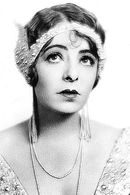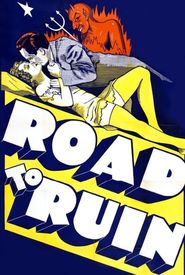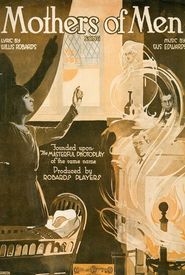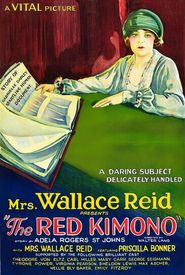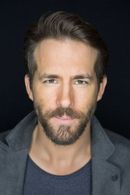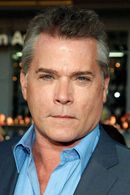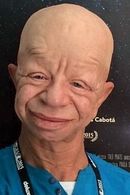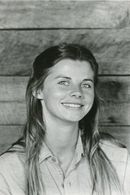Dorothy Davenport was born into a family deeply rooted in the world of theatre. Her aunt, Fanny Davenport, was a renowned stage actress of her time, while her father, Harry Davenport, was a Broadway star who later transitioned to the silver screen. Her mother, Alice Davenport, was a respected actress on both the stage and in film.
With a background in the performing arts, Dorothy began her acting career at a young age, landing bit parts in films during her early teens. By the time she was 17, she had become a star at Universal Pictures, where she met a young actor-assistant director-gopher-scenario writer named Wallace Reid. Initially, she was frustrated by his apparent lack of acting ability on their first day of work together, but by the third day, she was smitten with him.
Dorothy was an accomplished horsewoman who had no regard for a man who couldn't stay in the saddle. When Wallace proved to be an excellent horseman, she was hooked. After six months working on a job with another film company, Wallace returned to Universal, and the couple married on October 13, 1913.
As newlyweds, they continued to work together, with Wallace directing and starring alongside Dorothy in two films a week for the next year. When Wallace left Universal, Dorothy also left films, returning in 1916 to appear in a handful of them. In 1917, she gave birth to their son, Wallace Reid Jr., and dedicated herself to being a full-time mother and wife.
Tragedy struck when Wallace Reid died from morphine addiction in 1923. In response, Dorothy and Bessie Love made the film Human Wreckage (1923),which dealt with the dangers of narcotics. Dorothy did not return to the screen until she directed and acted in The Red Kimono (1926). Later in life, she dabbled in producing and writing, leaving behind a lasting legacy in the world of film.
